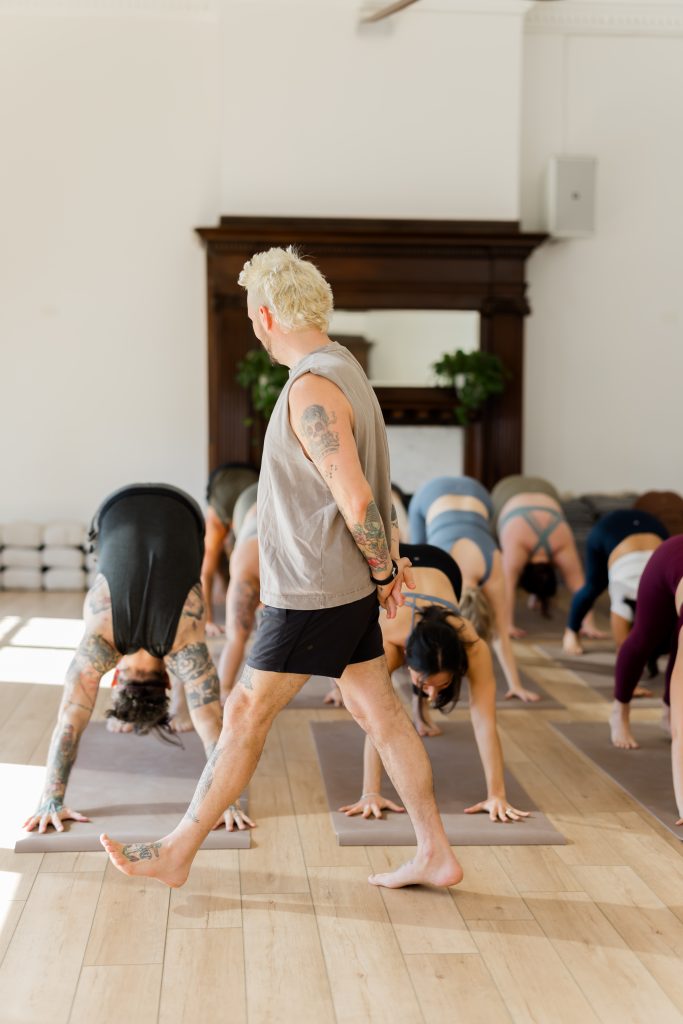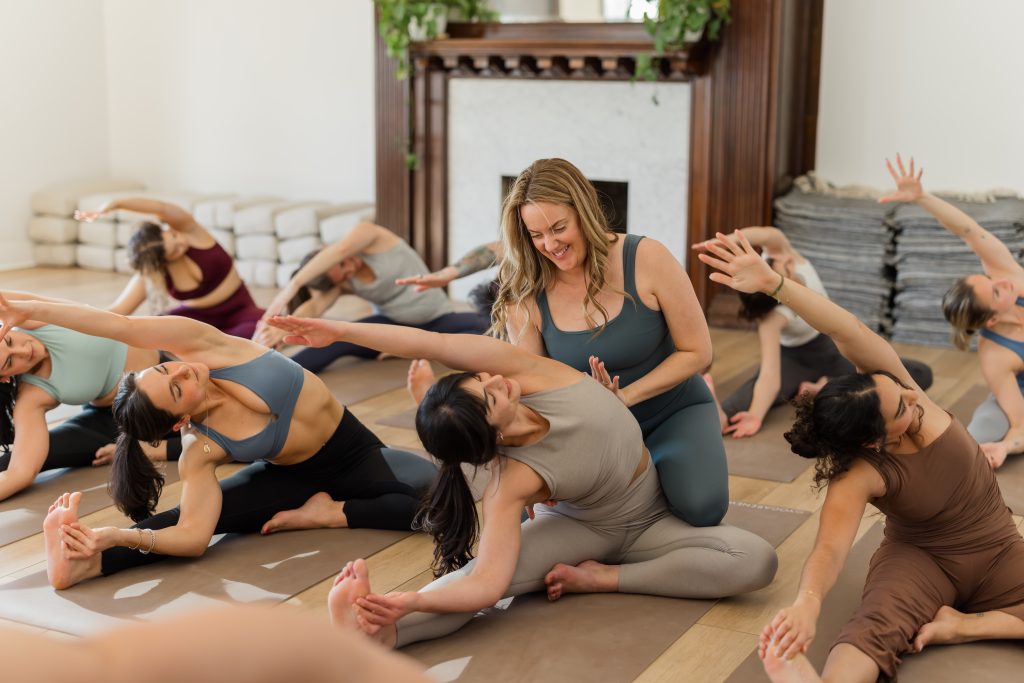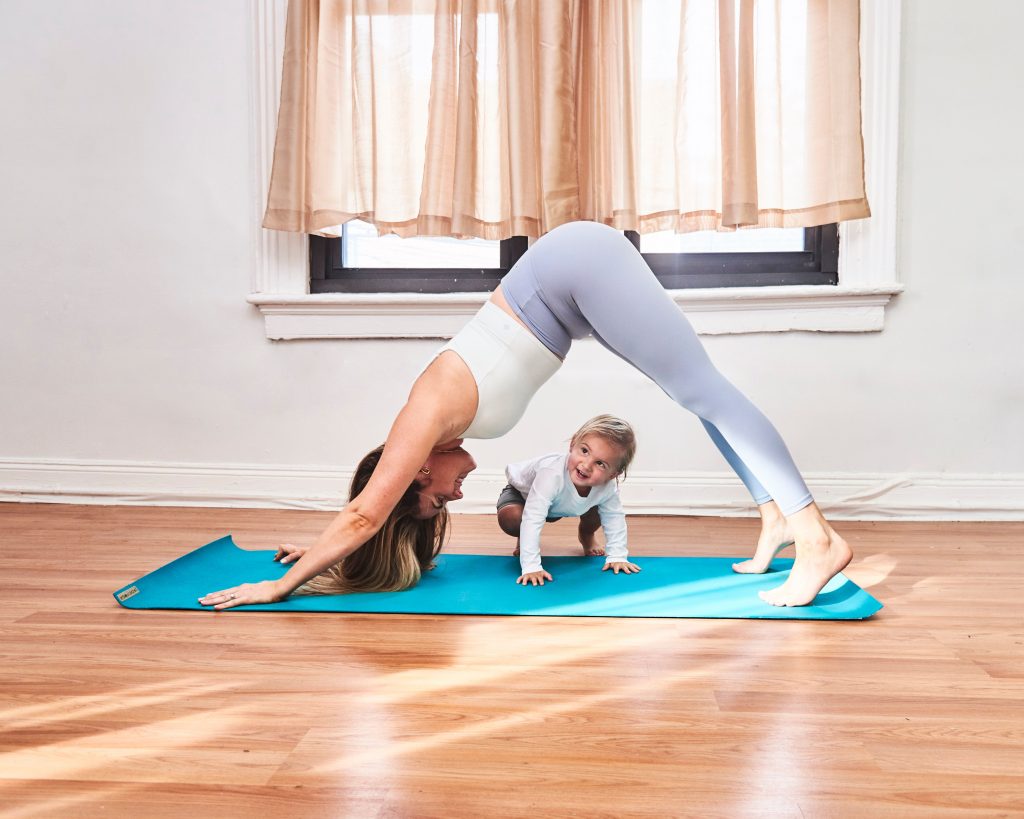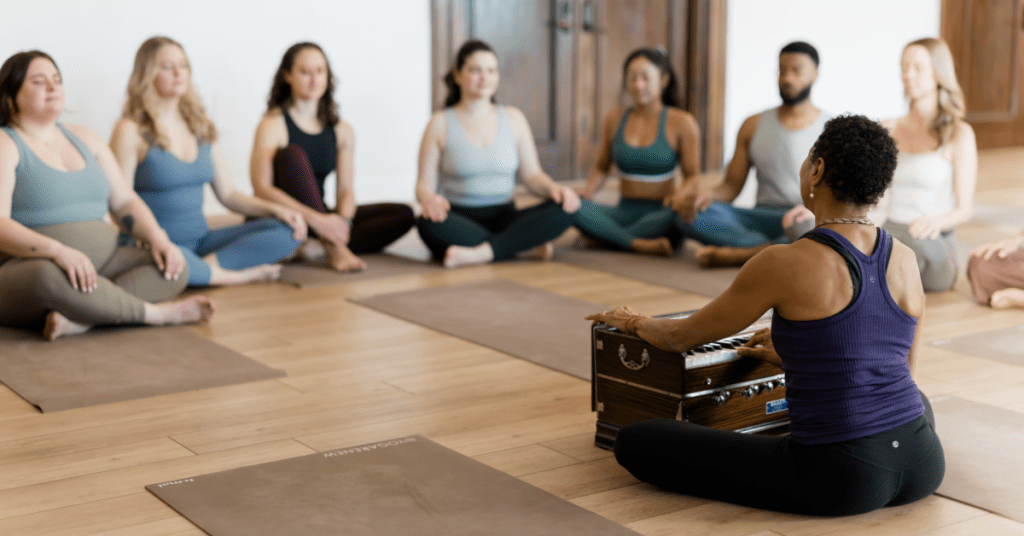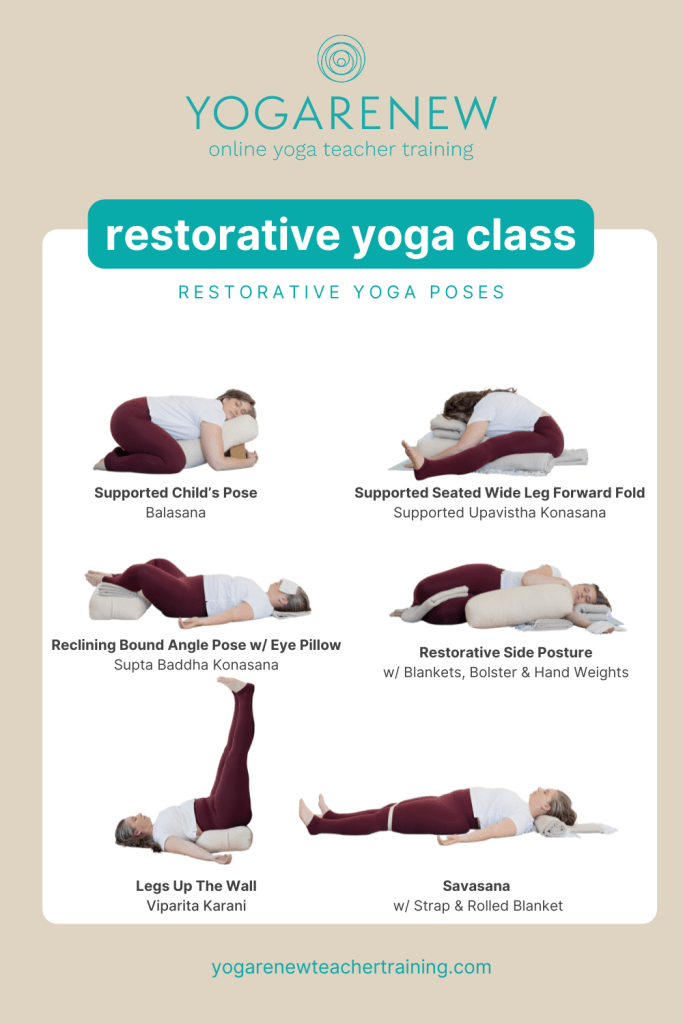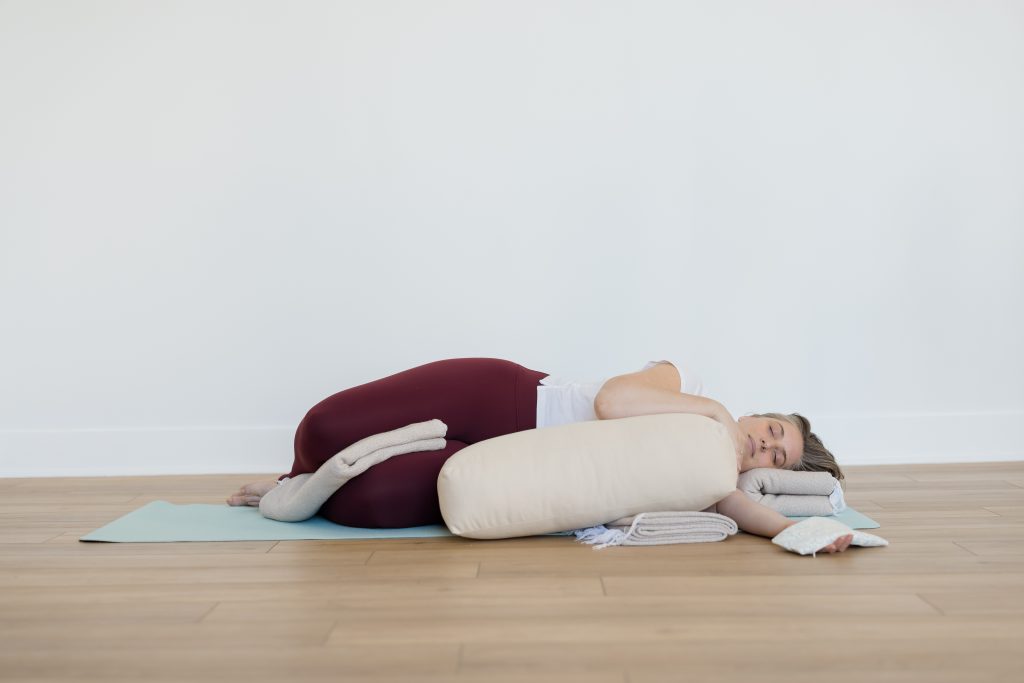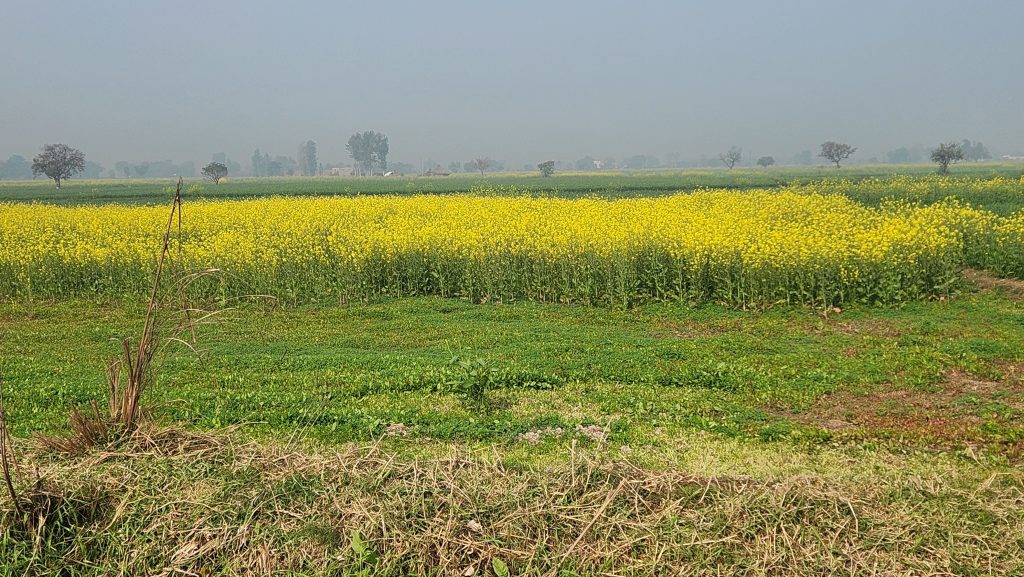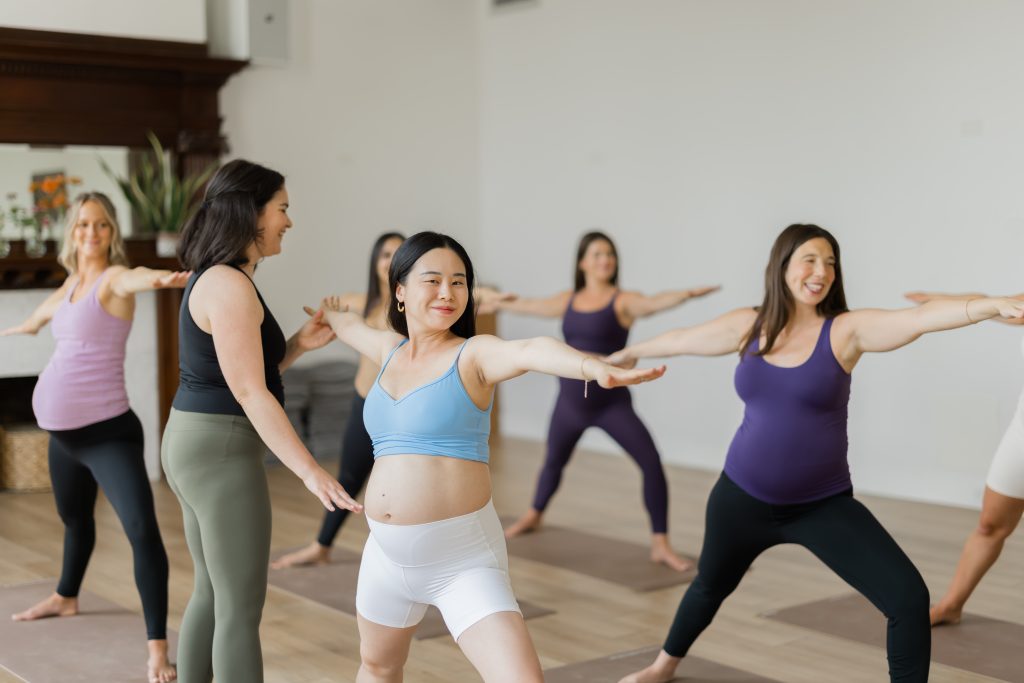As we navigate our journey on the path of yoga, two profound concepts often emerge as guiding stars: dharma and karma. Rooted deeply in Eastern philosophy and illuminated by ancient texts, these principles serve as essential pillars of our practice and understanding.
In my years of teaching and immersing myself in yogic philosophy, I have encountered many misconceptions about dharma and karma. My goal in this article is to shed light on these terms, exploring their definitions, origins, and the vital interconnection between them, especially in the context of our yoga practice.
Defining Dharma from a Yogic Lens
Dharma is a multifaceted term, often translated as duty or righteousness. But within the realm of yoga, it extends beyond mere obligations—it embodies the essence of living in alignment with cosmic principles and our true selves. Each individual carries a unique dharma, shaped by their roles, responsibilities, and the specific journey they are on.
In the practice of yoga, dharma serves as our ethical compass, guiding us in making choices that resonate with authenticity and integrity. It invites us to act mindfully, ensuring that our actions contribute to the universal harmony we seek. The teachings of the Bhagavad Gita emphasize this beautifully, reminding us that when we align our actions with our dharma, we co-create with the universe, leading us toward spiritual awakening.
Understanding Karma through Yogic Practices
Karma, often misinterpreted as destiny, is far more nuanced. It represents the law of cause and effect, a fundamental principle that governs our experiences and shapes our lives. Each action, whether it be physical, verbal, or even a thought, leaves an imprint on our karma. However, most of this it out of our control. We learn in yoga that we are actually born with our karma and keep reincarnating until our karmic debts and duties are fulfilled.
The core of karma actually lies in intention. In our yoga practice, we cultivate mindfulness, allowing us to engage in actions born of compassion, love, and awareness. As we immerse ourselves in selfless service through karma yoga, we learn to perform our duties without attachment to the fruits of our actions, fostering a deeper understanding of the interconnectedness of all beings.
Julie Pasqual does the best at explaining karma through a yogic lens in this video: Intro to Yoga Philosophy: What is Karma?
The Philosophical Roots of Dharma and Karma
Dharma and karma are woven into the rich tapestry of ancient Indian texts like the Vedas, Upanishads, and, notably studied in yoga teacher trainings, the Bhagavad Gita. These ancient texts guide us on our mats and in our daily lives, emphasizing the importance of performing our duties while remaining committed to growth. They reveal the harmonious interplay between our responsibilities and the larger cosmic laws we are inherently part of.
In the Bhagavad Gita, Krishna encourages Arjuna to embrace his dharma as a warrior, illustrating the idea that our unique paths contribute to the greater tapestry of existence. This interaction between dharma and karma guides us on our quest for balance and fulfillment in life.
Learn more about the Bhagavad Gita in Julie’s in-depth training on yoga philosophy. Start at your own time and learn at your own pace with pre-recorded videos and downloadable texts!
Dharma vs. Karma: Key Distinctions
In the context of yoga, understanding the distinct yet interconnected roles of dharma and karma is crucial for our spiritual practice. Dharma represents our ethical duties and the path of righteousness we are called to follow. It reflects our unique life circumstances and our commitment to living in alignment with truth and justice.
Karma, conversely, reflects the results of our actions—both past and present. By acknowledging the law of karma of “what you do comes back to you” only being a small chunk of the karmic process, you can better understand the yogic practice. This awareness enriches our understanding of karma—both that of which we can control and that of which we cannot, helping us to live a more mindful life.
For an enriching exploration of karma on a deeper level, watch this video: The Power of Karma with Julie Pasqual
The Interplay of Dharma and Karma in Our Lives
The interaction between dharma and karma is not just philosophical—it’s a practical aspect of our daily living. By understanding and embracing our dharma, we align ourselves with the moral and ethical norms of the universe. Each action performed in accordance with our dharma enhances our positive karma, allowing us to experience the rewards of our mindfulness.
In your journey through life, remember that dharma guides your choices, while karma reflects the impact of those choices (partially). Through our yoga practice, we cultivate awareness that helps us navigate life’s complexities with clarity and purpose. This understanding empowers us to respond to challenges gracefully, ultimately paving the way for spiritual fulfillment.
Yoga as a Path to Enlightenment
Yoga serves as the bridge connecting dharma and karma. It invites us to harmonize our actions with our true selves, enabling us to embody these principles in our lives. Through practices such as meditation and selfless service, we deepen our connection with our dharma, thereby nurturing positive karma.
Karma yoga teaches us to act selflessly, encouraging us to perform our duties without attachment to results. This path of selfless action nurtures spiritual growth and fosters inner peace, empowering us to transcend the cycle of birth and rebirth that binds many.
As you progress on your journey, recognize that yoga is not merely a series of postures; it is a profound philosophy that guides how we live, act, and interact with the world. By embodying our dharma in every aspect of our practice, we cultivate a wellspring of good karma, leading us toward the ultimate goal of enlightenment.
Clarifying Misconceptions
Many misconceptions surround dharma and karma, particularly in how they relate to fate.
- Karma is not a rigid blueprint dictating your future; rather, it is a dynamic interplay of choices that empowers you to shape your own destiny.
- Dharma is not a one-size-fits-all concept. Its fluidity respects the individual context and circumstances, encouraging you to make ethical decisions that resonate with your true nature.
Understanding both concepts fully helps you to not only nurture your yoga practice, but also your spiritual understanding of the practice and live a more mindful life day to day.
Practical Applications of Dharma and Karma
Ultimately, understanding dharma and karma has profound real-world implications. Dharma provides the framework through which we make ethical decisions, allowing us to navigate life’s challenges with integrity and authenticity.
Karma teaches us mindfulness, urging us to recognize the impact of our actions on ourselves and the world around us. By consciously acknowledging this connection, we can cultivate positive actions that contribute to our well-being and the well-being of others. Together, dharma and karma guide us toward a life of meaning and purpose, enhancing both personal growth and communal harmony.
Conclusion: Integrating Dharma and Karma into Your Daily Life
To truly integrate dharma and karma into your life, begin with self-awareness. Reflect on your unique responsibilities and the consequences of your actions. This mindfulness fosters clarity, guiding your decisions toward positive outcomes.
Embrace the teachings of dharma and karma as you journey through life. By aligning your actions with these principles, you cultivate balance, compassion, and growth within. Through mindful living, dharma and karma become the powerful tools that support your personal and collective well-being, allowing you to thrive on your path.
Related Articles:
